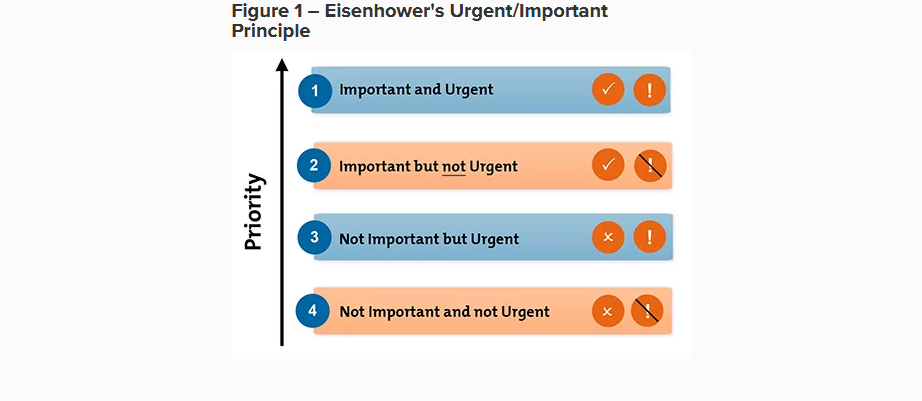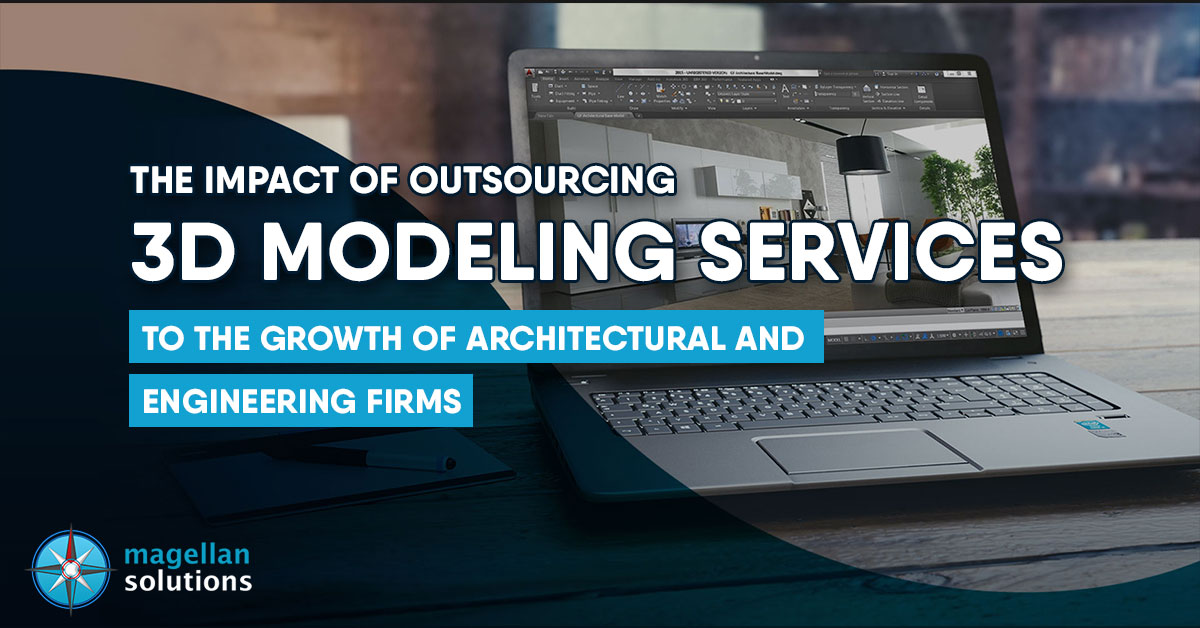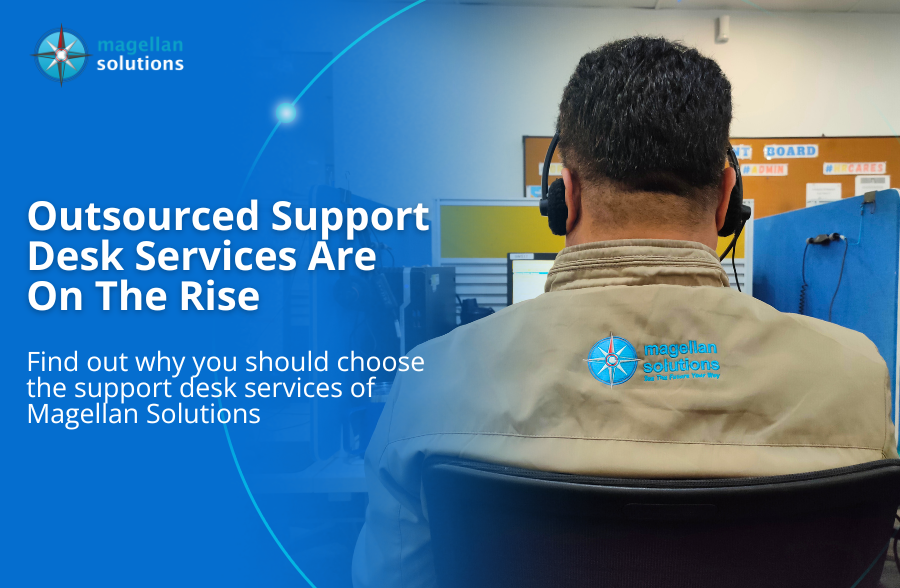Schedule a FREE call with our outsourcing expert now and get a precise quotation that meets your requirements. Don't wait - get started today!
Outsourcing 3D modeling services has enabled architectural and engineering firms to give more focus and resources to their core business, thereby meeting clients’ expectations and driving business growth.
This is the primary purpose of outsourcing: to increase the value of an organization’s products or services.
In this generation, where there is a heightened need for both architectural and engineering services, given all the developments that are taking place, outsourcing 3D modeling services and other functions is a smart thing to do.
What is 3D Modeling?
In the computer graphics industry, “3D modeling” refers to creating three-dimensional representations of objects using specialized software. A 3D model represents a thing that can convey the object’s size, shape, and texture. There are numerous options for creating 3D models of existing items and designs that have not yet been implemented in reality.
In the construction industry, 3D models of a worksite can be used to control machine operations. The points, lines, and surfaces that make up the physical environment are incorporated into these reproductions. This is accomplished through coordinate data that identifies the location of horizontal and vertical points about a reference point. Because of these spatial relationships, the representation can be viewed from various perspectives.
Machine control uses various positioning sensors to give machine operators feedback on target grades and bucket or blade position, among other things. The machine operators can refer to the 3D model to ensure they complete the work correctly and efficiently. Workers can locate the replica’s points in the field using GPS technology, and sensors on the machines can tell them where they are about the model’s points.
These control processes assist crews in converting a 3D model into a physical reality by directing equipment to construct lines, points, and surfaces precisely as depicted in the model. Team members can also use 3D models to review project details such as design and environmental compliance. These models are also helpful during the pre-bidding process, allowing contractors to experiment with different techniques and communicate ideas.
Importance of 3D Modeling?
By working in three-dimensional space rather than traditional drafting, architects, and engineers can better understand the conditions under which a design will be implemented. The method of building systems is complex, and it can be used to more clearly represent projects to other designers, builders, and clients using 3D modeling software.
Because the drawings are based on 3D geometry rather than linework, it is possible to make significant changes to the design with relative ease when using models. Designers can more easily coordinate with trades and consultants after presenting design options if they make changes more convenient. Because all design team members use 3D Modeling, it is possible to create a complete digital representation of the design and all of its systems. This also opens up new opportunities for coordination, such as the detection of clashes and the more accurate estimation of material quantities, both of which will help to keep project costs as low as possible.
Other types of information, such as glazing information for windows, hardware information for doors, pipe flows, mechanical system volumes, and electrical design loads, can be included in a model. With this information component, it is possible for projects to incorporate more information into the design, thereby reducing the likelihood of coordination errors and miscommunications. As soon as the project is completed, the design model is turned over to the owner and future maintenance teams for reference.
The evolution of outsourcing
 Initially, organizations during the 1970s and the 1980s decided to outsource some of their processes to focus more on their core functions. They saw outsourcing as an avenue to increase their flexibility and creativity in competing globally.
Initially, organizations during the 1970s and the 1980s decided to outsource some of their processes to focus more on their core functions. They saw outsourcing as an avenue to increase their flexibility and creativity in competing globally.
In 1989, outsourcing became a formal business strategy. Businesses that lacked internal competency turned to outsourcing some functions to meet their business needs.
A tool for cost-saving measures became the primary role of outsourcing during the 1990s.
Today, various organizations from around the world continue to enjoy the benefits of outsourcing.
An essential growth element
Time is crucial for the growth of architectural and engineering firms. It is an element that guides architects and engineers in determining the task they must complete before a meeting with a client or even when beating the deadline.
The proper and intelligent utilization of time can create a positive testimonial for the contractor, which breeds trust and confidence.
However, time is a finite source. It is something that money can’t buy. This is the reason why effective time management is necessary.
By strategically organizing regulations regarding a project’s allocated time frame, architectural and engineering firms can enhance their firm’s overall effectiveness, proficiency, and productivity. These qualities attract clients. And with a steady stream of new projects, firms will continue growing.
Simultaneous with a company’s growth comes the need for more resources, including time.
Here’s the good thing; outsourcing helps companies leverage other people’s time, skills, and effort. This would give them the confidence that despite the growing number of projects they are handling, they can still complete them within the given time frame.
But in what way should architectural and engineering firms determine the tasks that they need to outsource?
The Eisenhower principle and its relation to outsourcing
Dwight D. Eisenhower, the 34th president of the United States, devised the Eisenhower principle, which has helped many organizations and individuals know what tasks to prioritize based on their urgency and importance.
Its matrix is divided into four quadrants:
- Important and urgent
- Important but not urgent
- Not important but urgent
- Not important and not urgent
 Tasks under the first quadrant (important and urgent) require immediate attention. This includes core functions such as an emergency meeting with a client.
Tasks under the first quadrant (important and urgent) require immediate attention. This includes core functions such as an emergency meeting with a client.
The second quadrant (important but not urgent) refers to the tasks that can be scheduled. This does not immediately require any action but is still deemed necessary for the organization’s growth.
On the other hand, the third quadrant (not essential but urgent) is those that can be delegated. The tasks that fall under this category are generally the tasks that can be outsourced.
This includes 3D Modeling, CAD, 2D drafting, structural analysis, and other functions critical to the overall project but does not necessarily demand the effort of an architect or an engineer.
Meanwhile, the tasks that fall under the last quadrant are those that don’t contribute at all to the organization’s success.
The boon of outsourcing 3D modeling services
Capitalizing on other people’s time, in itself, is a boon to businesses. As long as carried out smartly and strategically, it can bring a positive return on investment.
Outsourcing, though, does not only help firms achieve a positive ROI. One of its initial benefits is the reduced cost of the services compared to hiring an in-house 3D modeler.
According to an article in Industry Week, companies using outsourced services can save up to 30 to 50 percent on labor costs “by leveraging high-quality resources at low-cost locations.”
Gaining access to world-class capabilities is another benefit attributed to outsourcing. 3D Modeling and other architectural and engineering services can be entrusted to other talents who can devote sufficient time to the task.
In return, architects and engineers from the actual firm can spend more time planning and constructing the existing infrastructure.
Risk sharing is another factor that firms can take advantage of.
There is also a possibility wherein a small-sized firm has limited equipment, which they can take advantage of once they decide to outsource.
Achieving success through outsourcing
Is success definite for those who would like to give outsourcing a chance?
Not exactly.
There are critical areas that should be considered for a successful outsourcing program.
First, both parties (the firm and the business process outsourcing company) should set clear goals and objectives to guide them throughout their outsourcing relationship. It is essential to keep a strategic vision and plan.
Choosing the right vendor is also crucial. Their vision should align with the firm’s vision. A proven track record regarding their past projects is also an important consideration. After that, a properly structured contract is needed.
While the outsourcing relationship is ongoing, both parties should maintain open communication and careful attention to personnel issues.
This is the thing about outsourcing. For firms to achieve the desired result, they should invest money, time, and effort in the beginning. If they do this, rest assured that they will reap the long-term benefits of outsourcing.
The business landscape is an ever-changing place that requires organizations to adapt and innovate. Failure to do so can cause their downfall. Today, firms cannot survive alone. They need the help and support of others.
Fortunately, outsourcing companies can help them develop strategic partnerships wherein both parties can support each other in growing and succeeding.
Having a hard time managing your time and focus in your architectural or engineering firm? Outsource now! Contact us for more details.

















